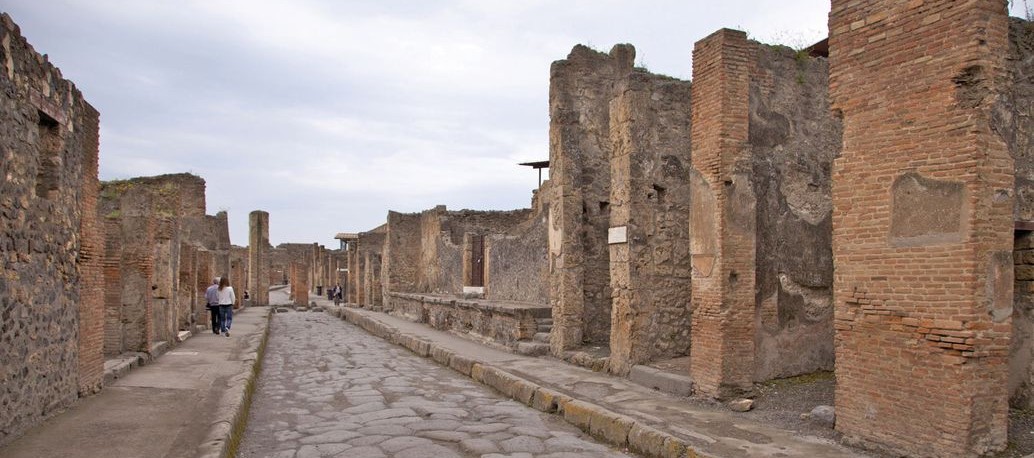
Popular Science: What unearthing ancient cities teaches us about exploring outer space
UC archaeologist Steven Ellis' use of flying drones with built-in 4K cameras over Pompeii is spotlighted in the magazine's Out There edition

University of Cincinnati archaeologist Steven Ellis is among a “new generation of investigators” featured in the current Out There issue of Popular Science. The story, which examines cutting-edge nondestructive techniques used by archaeologists in unearthing the beleaguered city of Pompeii, profiles Ellis and his fellow researchers’ use of flying DJI drones with built-in 4K cameras over the ancient ruins to capture 3D images. The technique, called photogrammetry, re-creates the sites in 3D. Off-the-shelf scanning software then lets them merge 2D photographs with measurements taken on-site to achieve complete environments.
Through the years, Ellis and his colleagues have worked to piece together full rooms and neighborhoods in the once thriving city. Thousands of photographs, old and new, have allowed them to create a virtual model of Via Stabiana, a major artery leading to a gate out of northwest Pompeii.
Ellis, an associate professor of classics, and team are now working to use ground-penetrating radar to help fill in the gaps of the ancient metropolis, one-third of which remains buried.
Read the story here.
Featured image at top: Bars, shops, and fast-food joints once lined the streets of Pompeii. Residents running errands would cross the dirty roads on raised stone crosswalks. Robert Harding/Alamy Stock Photo
Related Stories
UC's art collection on display at the Contemporary Arts Center
January 5, 2026
University of Cincinnati leaders joined WVXU's Cincinnati Edition to talk about the university’s 200-year-old art collection, a new exhibition at the Contemporary Arts Center and the release of a companion book exploring the collection’s role in education and public engagement.
UC faculty and staff among Rising Star leadership honorees
January 5, 2026
Two UC faculty and staff members are among this year's Rising Star leadership program sponsored by YWCA Greater Cincinnati. Kelli Beecher, assistant professor in the UC College of Nursing, and Brittany Bibb, assistant director of programs and operations in the UC Division of Student Affairs, are among the emerging leaders of 2026. They were featured in the publication Movers & Makers.
What's behind the mysterious rise of migraines?
January 5, 2026
Weather patterns such as extreme heat and storm conditions have been linked to migraine attacks, and research shows those environmental conditions are becoming more common. As National Geographic recently reported, one of the leading theories behind this mysterious rise is that climate change may be playing a role.
